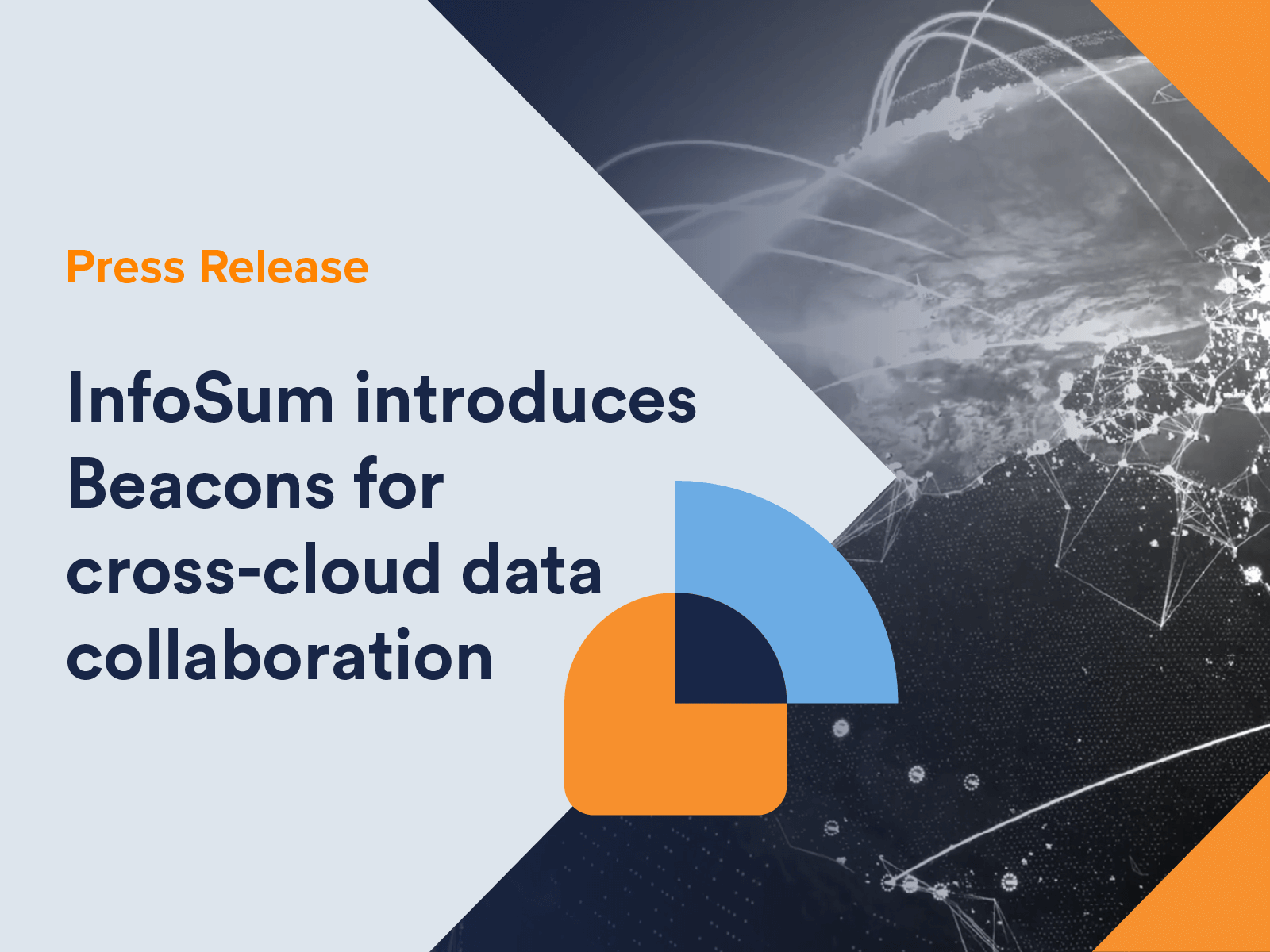After generating £266 billion in 2018, it’s predicted the digital advertising industry will grow to £465 billion in 2020. This market is dominated by a few key players, namely Google, Amazon, Facebook and Apple (GAFA), who account for eighty percent of the global digital ad spend. The other digital publishers, including many household names like the Guardian and the Telegraph, are left to share the remaining twenty percent of ad spend.
These twenty percenters are being pinched. Although they have a granular and rich understanding of their audiences, GAFA are winning through their ability to leverage their identity graphs to connect the diverse volume of data sources held within their walled gardens. So although the twenty percenters have the depth, GAFA have the breadth.
But there’s an opportunity here - what if the twenty percenters were able to come together and build publisher alliances to connect their audience data and win on both depth and breadth? These cooperative initiatives could build off-the-shelf audience segments to sell back into the ecosystem, such as bundling up their most valuable audiences and selling this inventory for a higher CPM.
What's more, similarly to how Facebook made ad buying easy, a publisher alliance could create an easy-to-use interface that advertisers can use to specify and buy their target audience. It could also accurately measure the likelihood that an individual has viewed an ad, and by working with the advertiser to directly analyse the exposure and acquisition data, measure the effectiveness of the campaign.
Traditionally, these publisher alliances have failed, due to the requirement to pool, or co-mingle, all the datasets in a single location. The datasets are standardised and stitched together - meaning the data owners loses all control. The twenty percenters are competitors and, as audience data is one of their most valuable assets, are not inclined share their audience data.
Instead, building a publisher alliance on a decentralized architecture provides the benefits while enabling each publisher to retain commercial control and ownership of their data. It’s built to connect separated datasets for analysis, without any movement of raw data. This way, publishers can form strategic or tactical alliances to understand the overlap and opportunities, without undertaking a lengthy or expensive data integration project.
The addition of a Global Schema and built-in identity matching system also resolves the barriers around data standardization and enables targeting based on the identity data held in a CRM, such as an email address, rather than a third-party cookie. Accurate measurement can be achieved without requiring the advertiser to share a copy of the database, by keeping the datasets in the control of the data owner.
By doing so, publishers can bring together their insights for more effective targeting, and so create a more compelling proposition for their customers. They can create direct relationships with advertisers based on trust and transparency, and create competitive propositions based on audience first-party data.







